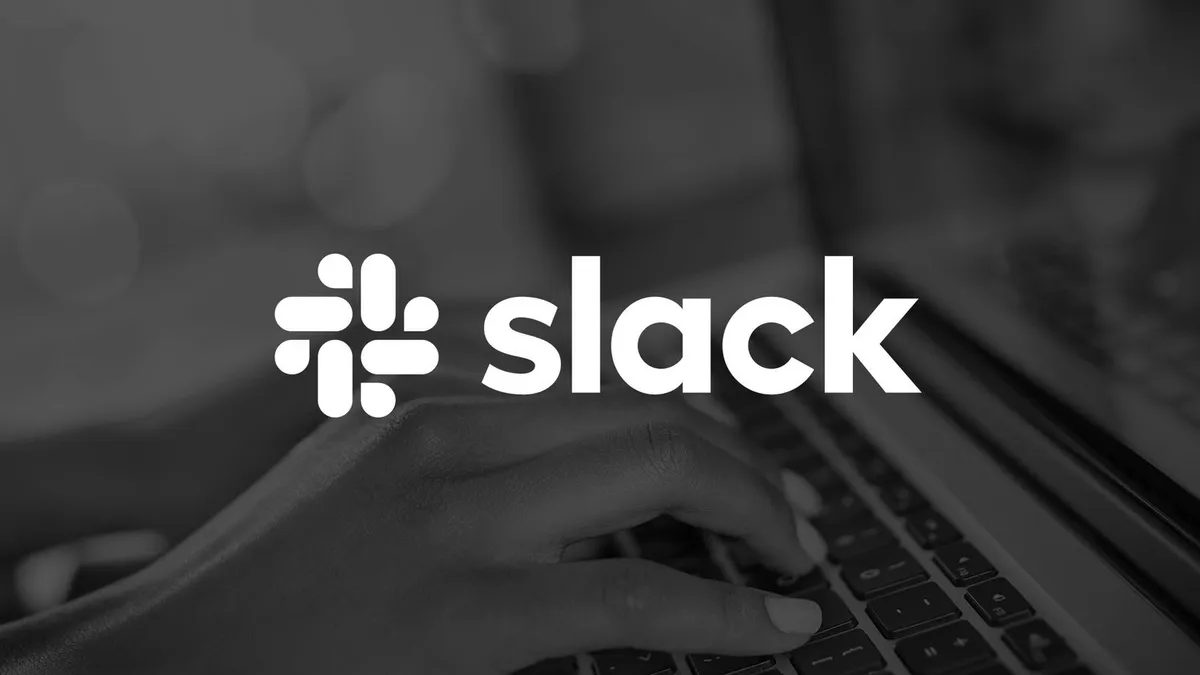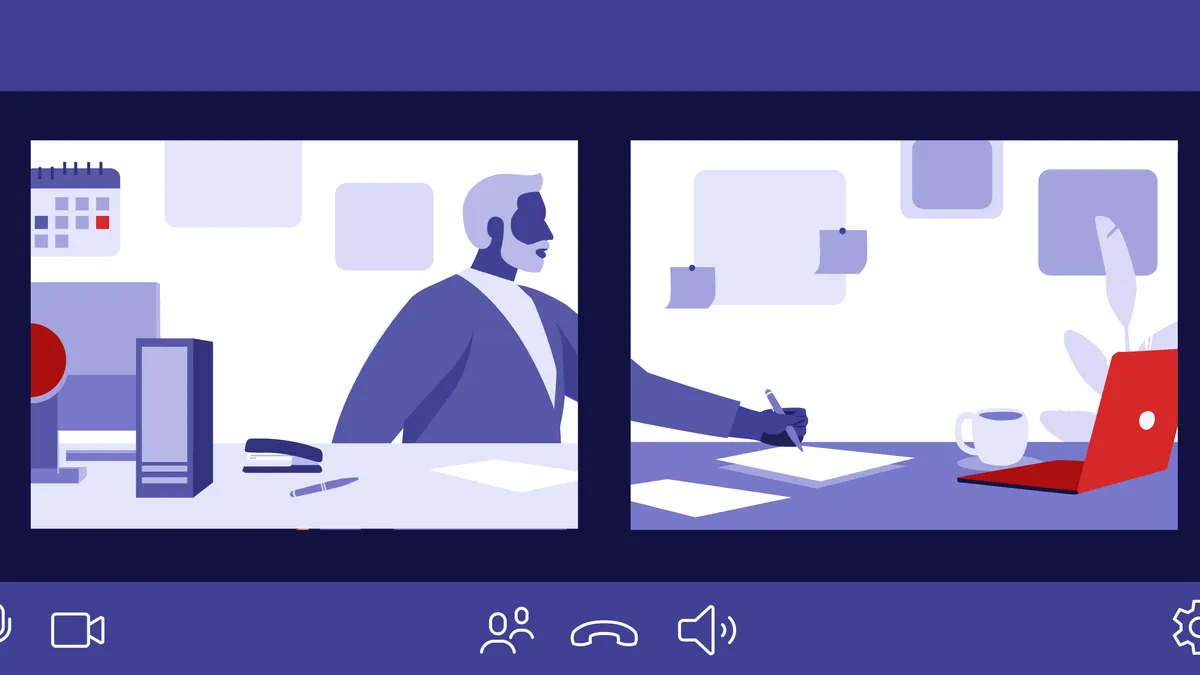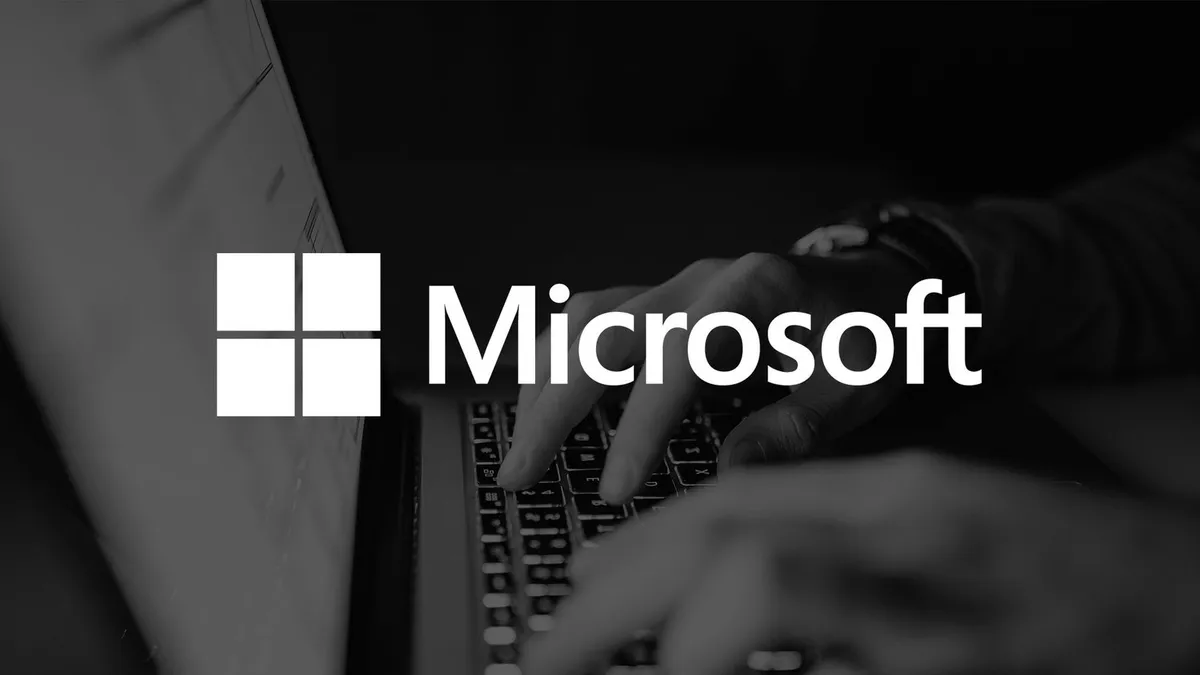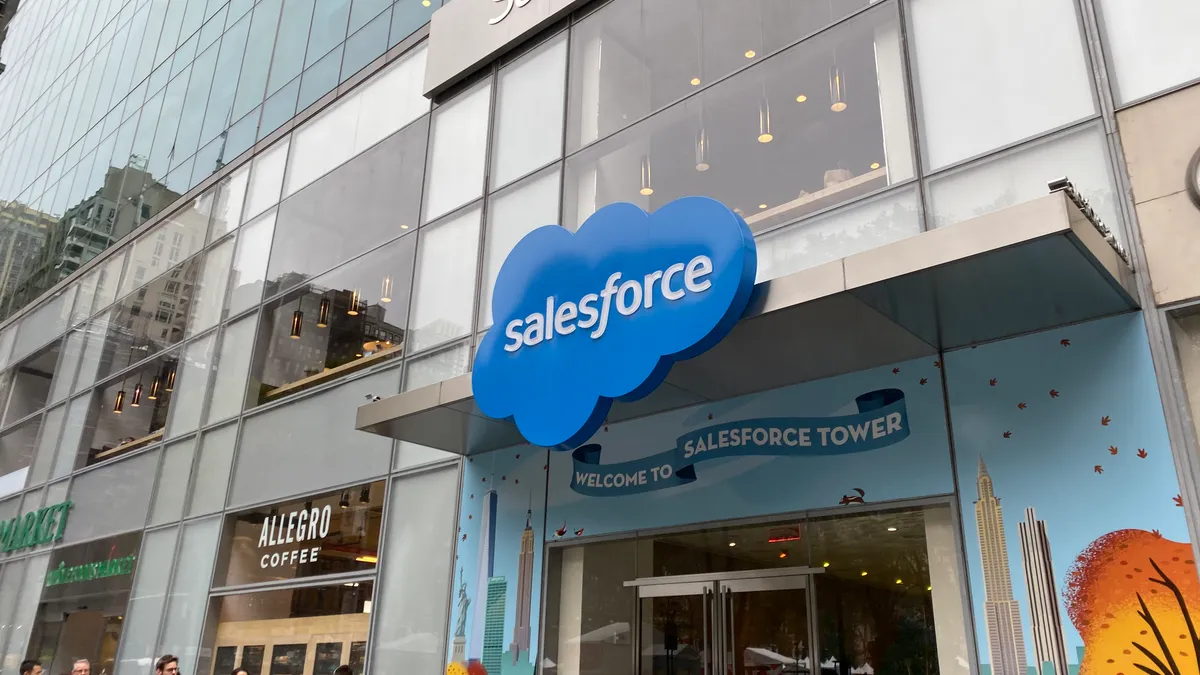A platform update from collaboration staple Slack last week left lingering questions about the obstacles of building bridges across organizations.
On Wednesday, Slack rolled-out and then quickly updated a functionality that let business users send direct message requests to anyone, across workplaces. Following feedback from users on how the capability might enable workplace harassment, Slack turned off the ability to customize the requests.
The feature was inconsistent with the company's product goals, according to a series of tweets from Jonathan Prince, the company’s vice president of communications and policy.
Slack Connect, announced in June of last year, was "designed to replace email," a strategy to stretch the platform and its familiar interface to the outside of a business.
But the succession of events surrounding the direct message feature on Slack Connect indicate a blindspot on the future of company collaboration, as well as the risk tools can represent in terms of online harassment.
"Look at the visceral response that this solicited," said Art Schoeller, VP and principal analyst at Forrester. "This was a big reaction, this was an unforced error."
In building systems to seamlessly connect organizations, vendors must also grapple with the weight of messaging overload and the challenges of interoperability.
Safety and interoperability
Workplace harassment is a reality for 28% of Americans, who said they've been bullied, harassed or threatened online, or knew someone who underwent such experiences, in a 2018 survey conducted by Women Who Tech, Rad Campaign and Lincoln Park Strategies. Among people 35 and younger, that percentage jumped to 55%.
In the IT space, 59% of women of color and 43% of white women have experienced workplace discrimination, according to Ensono's Speak Up 2020 report.
Before widely rolling out new features, companies should ask two key questions, according to a tweet from Nina Jankowicz, author and fellow at The Wilson Center:
-
What's the worst possible use for this feature?
-
How might women and people of color be targeted with it?
Slack's existing security standards and compliance features extend to Slack Connect direct messages, the company said in an email. Administrators maintain control over the process with the option to enable the feature for their organization, specifying who has permission to invite or accept external direct messages.
Still, with more businesses enabling digital platforms as part of their workflows, the potential for harassment in digital scenarios has increased.
"Slack DM is an attempt to create network affects across the Slack user-base," said Mike Gotta, research VP at Gartner, in an email. "However, as we've seen – any type of cross-boundary communication raises issues related to security, compliance, and abusive or harassing behavior."
As vendors iterate how to safely enable these types of exchanges in their platform, "the elephant in the room is achieving a standards-based framework as we have with email," said Gotta.
Email's upper hand as a company connector is expanded by its incumbency. From a compliance standpoint, it also has the advantage of long-held company policies and procedures surrounding email communication.
The current collaboration landscape is hyper-competitive, and the market "is not pressuring vendors enough on messaging interoperability," according to Gotta. Still, Slack contends the new features are a response to businesses reinventing internal and external communication.
In collaboration technology, the need to connect to other organizations has always existed, according to Schoeller. But there are more formalized mechanisms that's more seamless.
"For example, what's known as federation between multiple Microsoft oriented accounts," said Schoeller.
In March, Microsoft announced Microsoft Teams Connect, an external communication capability in its Teams platform. The feature was launched in a private preview with plans for a broader rollout later in the year.
"The bigger problem with all of the workstream collaboration tools and enterprise messaging apps in general has been a lack of interoperability," said Gotta. "We should be grateful that we have email interoperability today – we really need to appreciate the era when vendors cooperated together on standards.
Message overload
The workplace experience in the pandemic aftermath is largely driven by the tools underpinning hybrid work. Already reliant on collaboration platforms prior to the crisis, businesses increased the use of collaboration and video conferencing tools to get by.
"We're already overwhelmed," said Schoeller. New features such as Slack Connect will add to what he refers to as the "mess of messaging."
"The ease in which you can invite people into these chat-centric workspaces and channels sets the state for "an overload of alerts, notifications and manual effort to 'scroll up only to scroll down' to self-synchronize with what’s going on with the group," said Gotta.
Email was already a main factor of the communication overload. A 2019 study found the average worker spends three and a half hours a day catching up on work emails.
A quick nudge on collaboration platforms can cause greater disruption than an email, said Gotta. "That said – the immersive experience and situational awareness gained in these channels can transform the effectiveness of collaborative work which is why they’ve become such a hot topic."





















